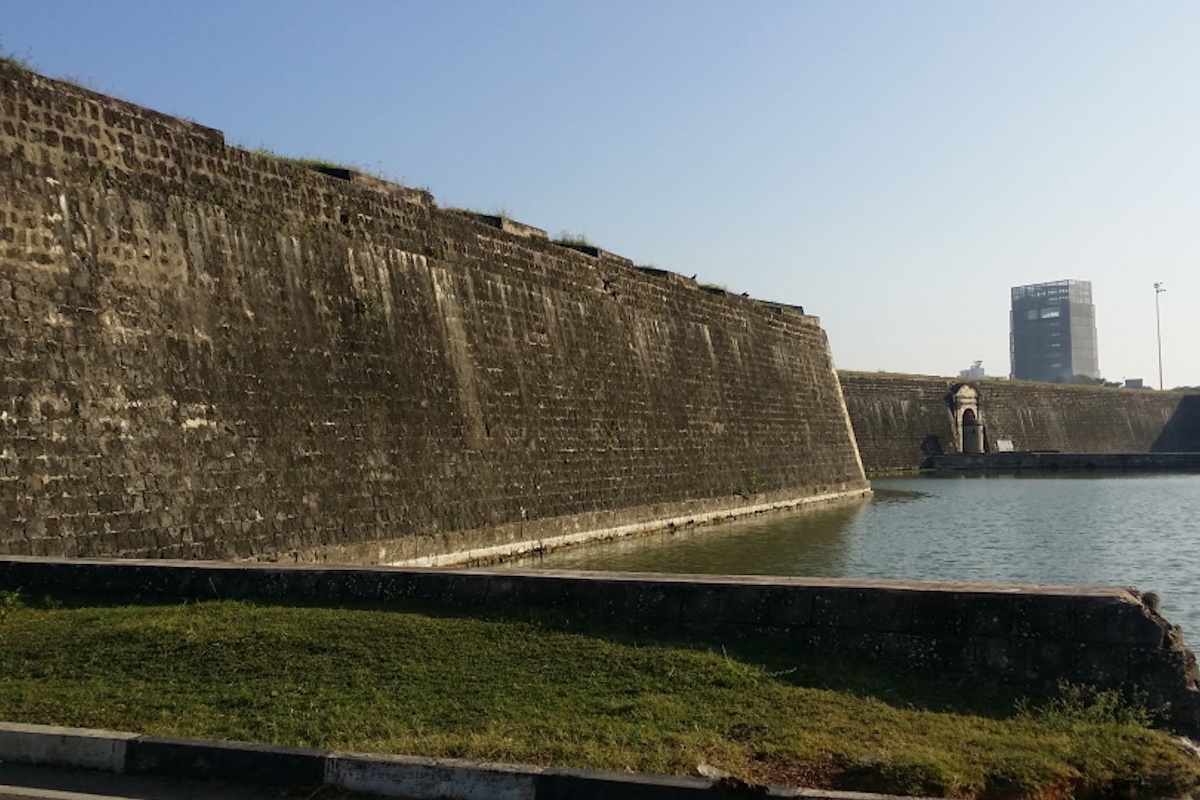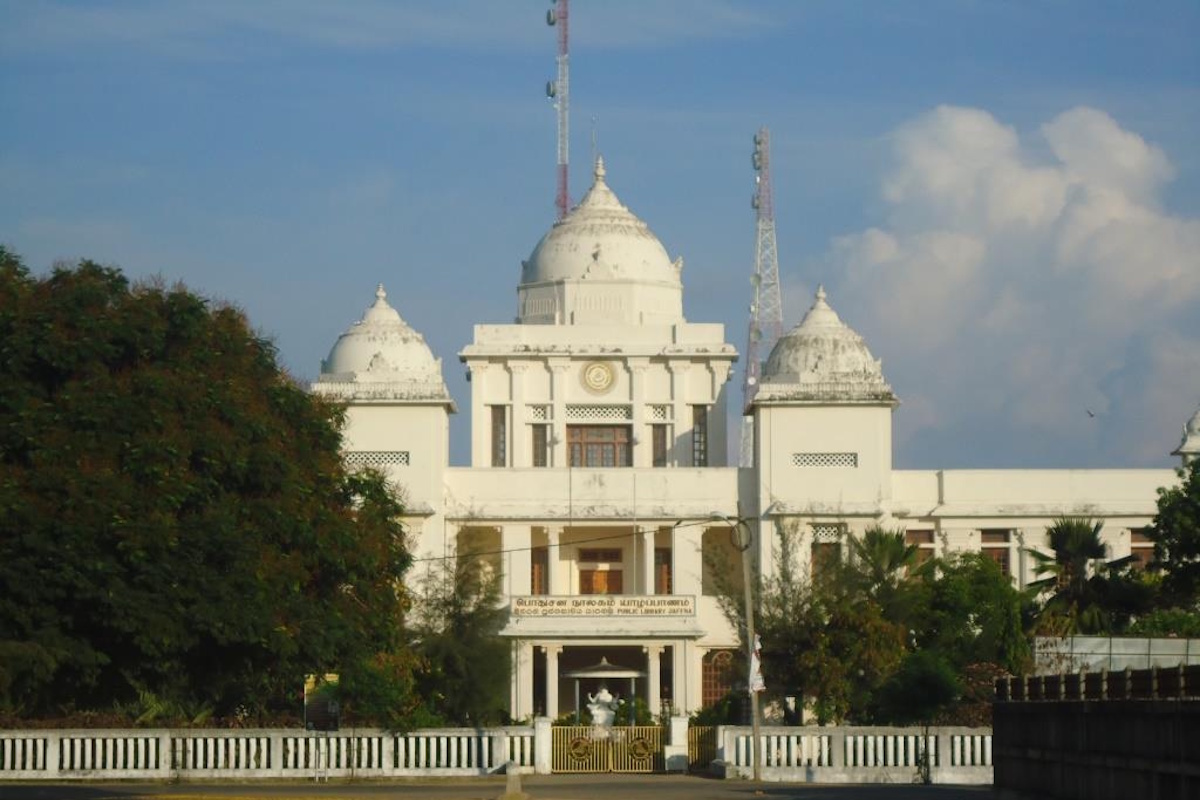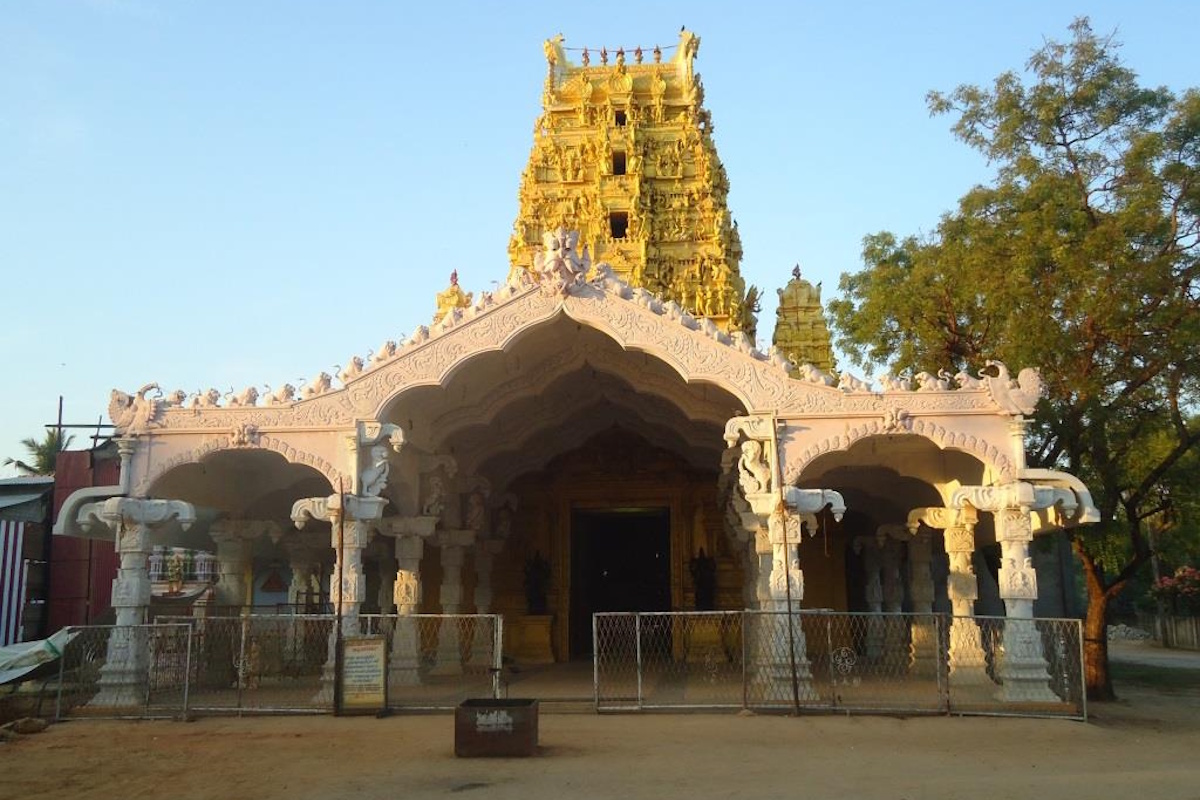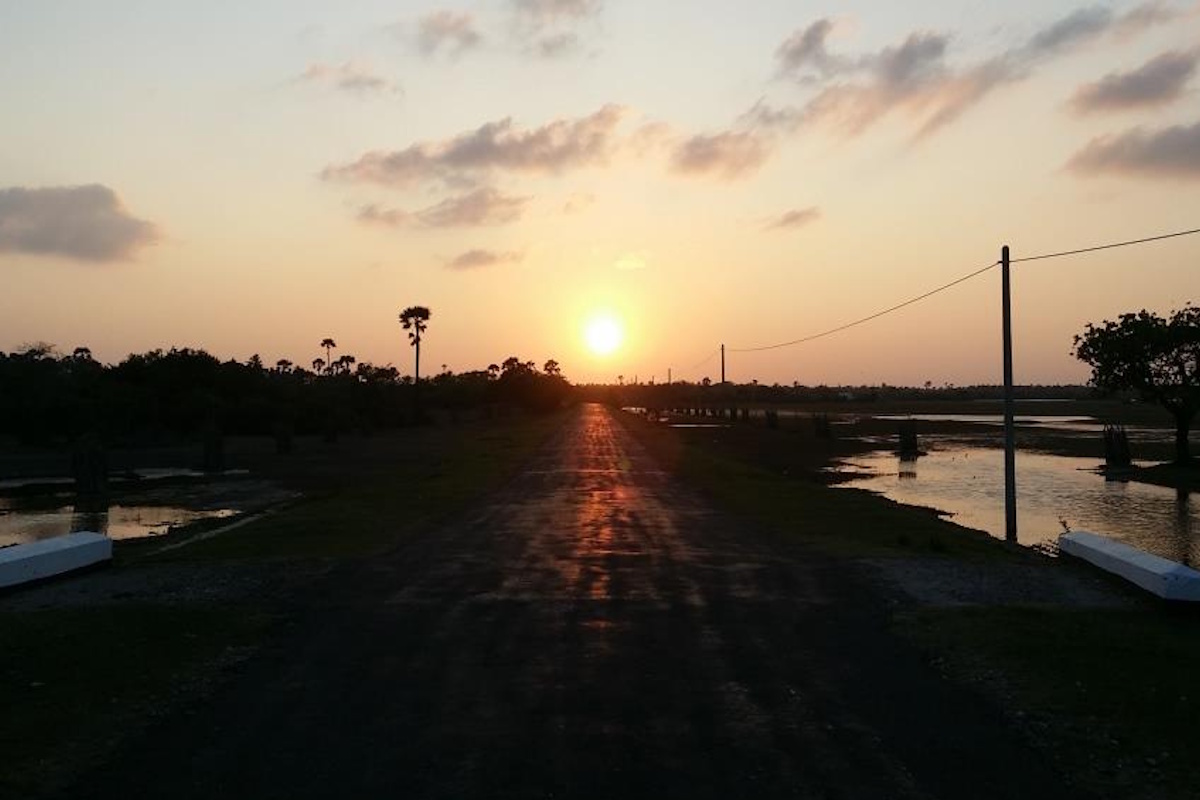It is unfortunate that Jaffna’s recent chequered history overshadows its much more glorious ancient history. However there is no ignoring the effect the civil conflict has had on Jaffna and its surrounding areas. It is evident throughout the town and the peninsula. While the conflict has had a devastating impact, and the fact that Jaffna was cut off from the rest of the island for over 3 decades, it has helped preserve some of its distinct cultural traditions.





Jaffna, located at the northern tip of Sri Lanka, is a city steeped in a rich and tumultuous history. It was once the thriving heart of Tamil culture and Hindu civilization on the island and served as the capital of the medieval Jaffna Kingdom.
Ancient Roots:
Archaeological evidence suggests that the region has been inhabited for over 2,000 years, with trade links to India, China, and the Roman Empire. The area was ruled by Tamil kings who established a vibrant society rooted in Hindu traditions, Tamil language, and unique architecture.
Jaffna Kingdom (1215–1624):
The Arya Chakravarti dynasty ruled the Jaffna Kingdom, fostering a golden age of Tamil literature, temple building, and commerce. The kingdom remained largely independent until the arrival of European colonial powers.
Colonial Period:
The Portuguese conquered Jaffna in 1624, followed by the Dutch in the 17th century and the British in the 18th century. Each era left architectural and cultural imprints, including the imposing Jaffna Fort.
Modern Conflict and Recovery:
Jaffna was significantly impacted by Sri Lanka’s civil war (1983–2009), becoming a focal point of ethnic tensions and military conflict. Since the war’s end, the city has been steadily rebuilding, reclaiming its identity as a center of Tamil heritage.
.
Today, Jaffna is a symbol of cultural resilience, emerging from the shadows of war to become a peaceful, vibrant destination. While modernization is ongoing, the city retains its old-world charm and spiritual atmosphere.
Cultural Revival:
There has been a renaissance in Tamil arts, music, and education, with festivals, literature, and traditional cuisine making a comeback. Jaffna’s Nallur Kandaswamy Kovil has regained prominence as a key spiritual site.
Tourism:
Visitors are drawn to Jaffna’s blend of heritage, hospitality, and authenticity. Unlike more tourist-heavy cities, Jaffna offers a slower, deeply personal travel experience, with uncrowded temples, quiet beaches, and unique local customs.
Infrastructure and Access:
Jaffna is now easily accessible by train, road, and domestic flights. Development projects have improved roads, accommodations, and utilities, though rural areas remain less developed.
Situated on a flat peninsula in the Northern Province, Jaffna is surrounded by the sea and dotted with salt flats, lagoons, and small offshore islands.
Geography:
The region is relatively dry and open, with palmyra trees, sandy soil, and fishing villages. Its proximity to South India has influenced the local culture, language, and food.
Climate:
Jaffna experiences a dry tropical climate with less annual rainfall than the south. The dry season runs from May to September, while the northeast monsoon brings rain from October to January. Average temperatures range from 26°C to 32°C year-round.
Nallur Kandaswamy Kovil
A majestic Hindu temple dedicated to Lord Murugan, famous for its towering gopuram, gold-encrusted sanctum, and the vibrant Nallur Festival held annually in August.
Jaffna Fort
Built by the Portuguese in 1618 and later expanded by the Dutch, this star-shaped fort offers panoramic views and historical exhibits. It is one of Sri Lanka’s largest and most intact colonial forts.
Jaffna Public Library
A symbol of Tamil culture and education, tragically burned during the civil unrest in 1981 and since restored. It stands as a poignant emblem of loss and resilience.
Nagadeepa (Nainativu) Island
Accessible by ferry, this sacred island houses both a Buddhist temple (Nagadeepa Viharaya) and a Hindu shrine (Nagapooshani Amman Temple), reflecting the area’s religious diversity.
Casuarina Beach
A peaceful, white-sand beach on Karainagar Island, perfect for swimming and picnics. Known for its shallow, clear waters and minimal waves.
Keerimalai Springs & Naguleswaram Temple
Natural freshwater springs believed to have healing properties, adjacent to one of the island’s oldest Saivite temples.
Point Pedro & Vallipuram
The northernmost point of Sri Lanka, offering scenic coastal views. The ancient Vallipuram Temple nearby is revered for its spiritual aura.
Delft Island (Neduntheevu)
A remote island with wild ponies, Dutch ruins, a massive baobab tree, and coral-built structures. Accessible by ferry and ideal for adventurous travelers.
Manalkadu Desert
A rare coastal sand dune landscape in Sri Lanka, this unique environment offers windswept beauty and a hauntingly beautiful ruined church half-buried in the sand.
Local Cuisine
Jaffna’s food is distinct, with spicy Jaffna crab curry, odiyal kool (seafood broth), pittu, and palmyra-based sweets like panangkarkandu.
Subscribe to see secret deals prices drop the moment you sign up!